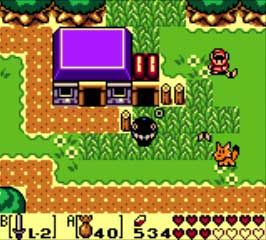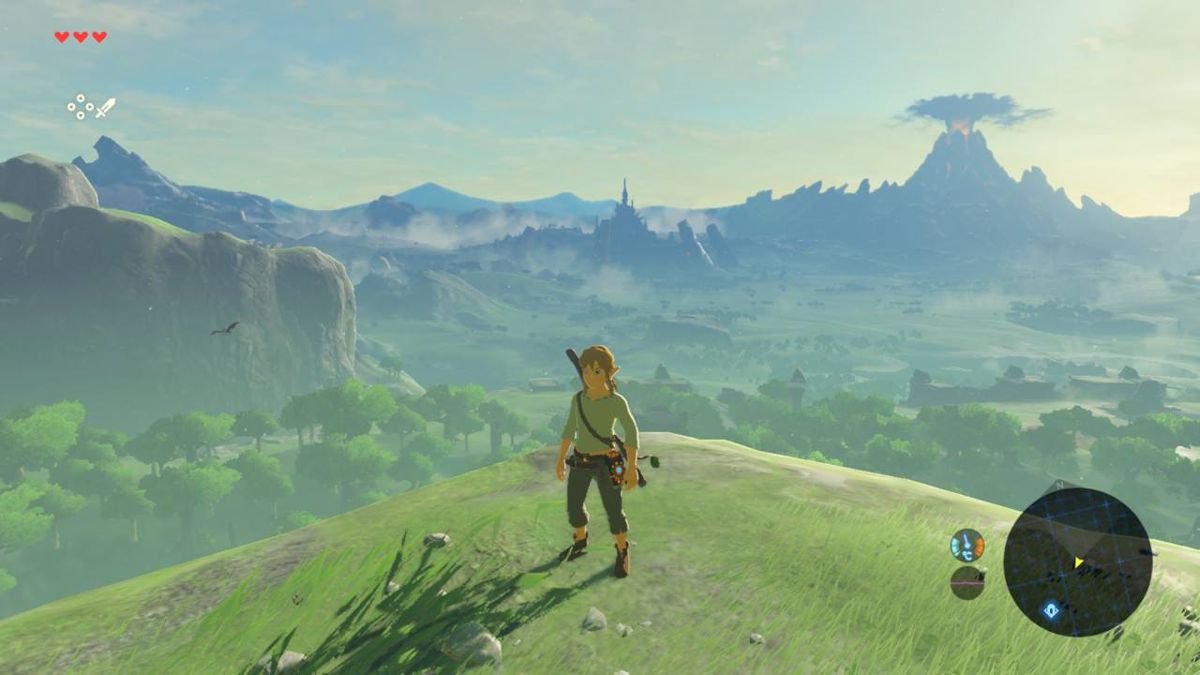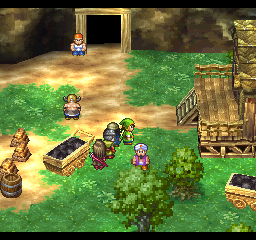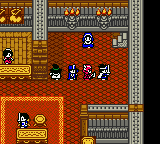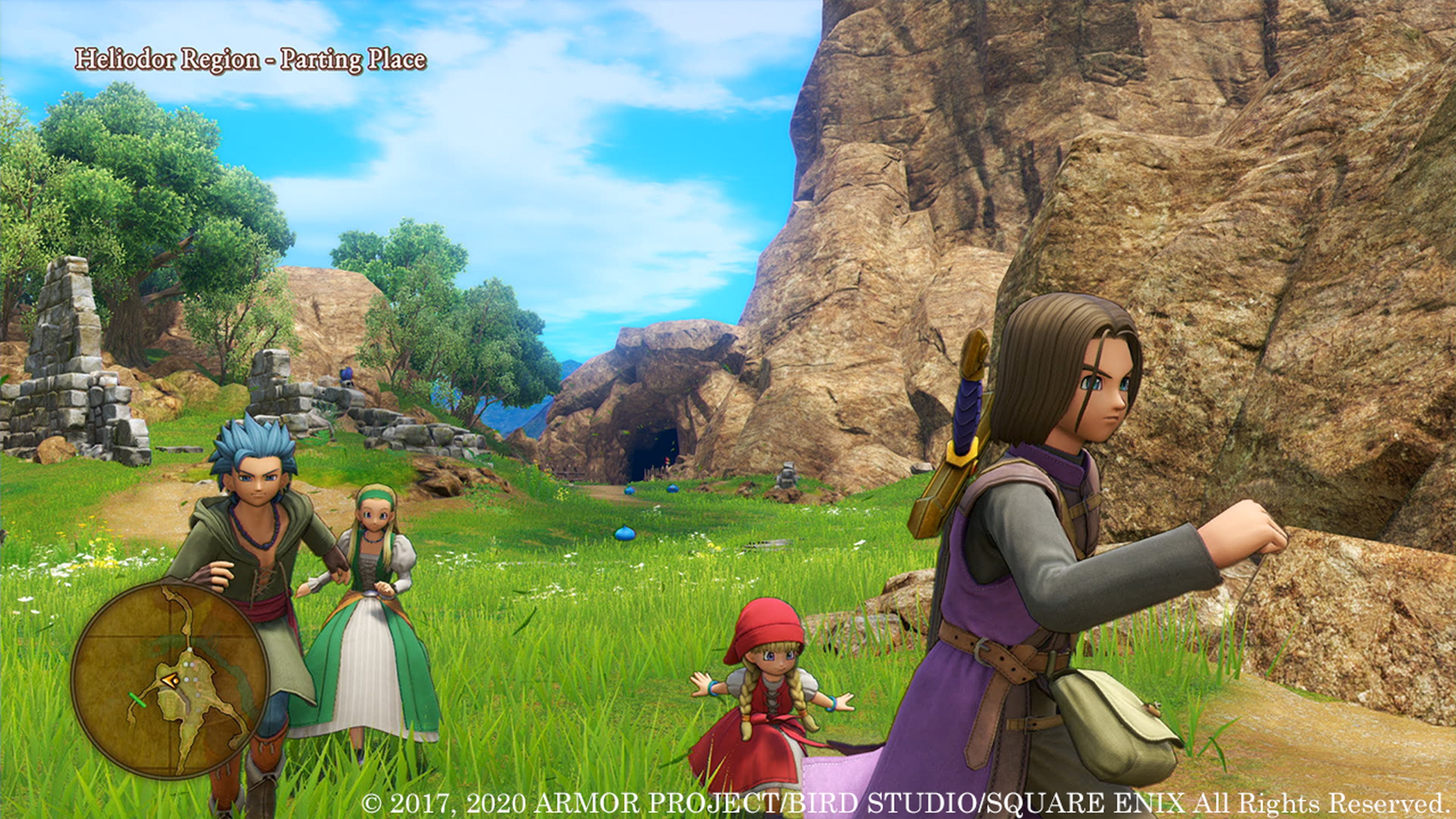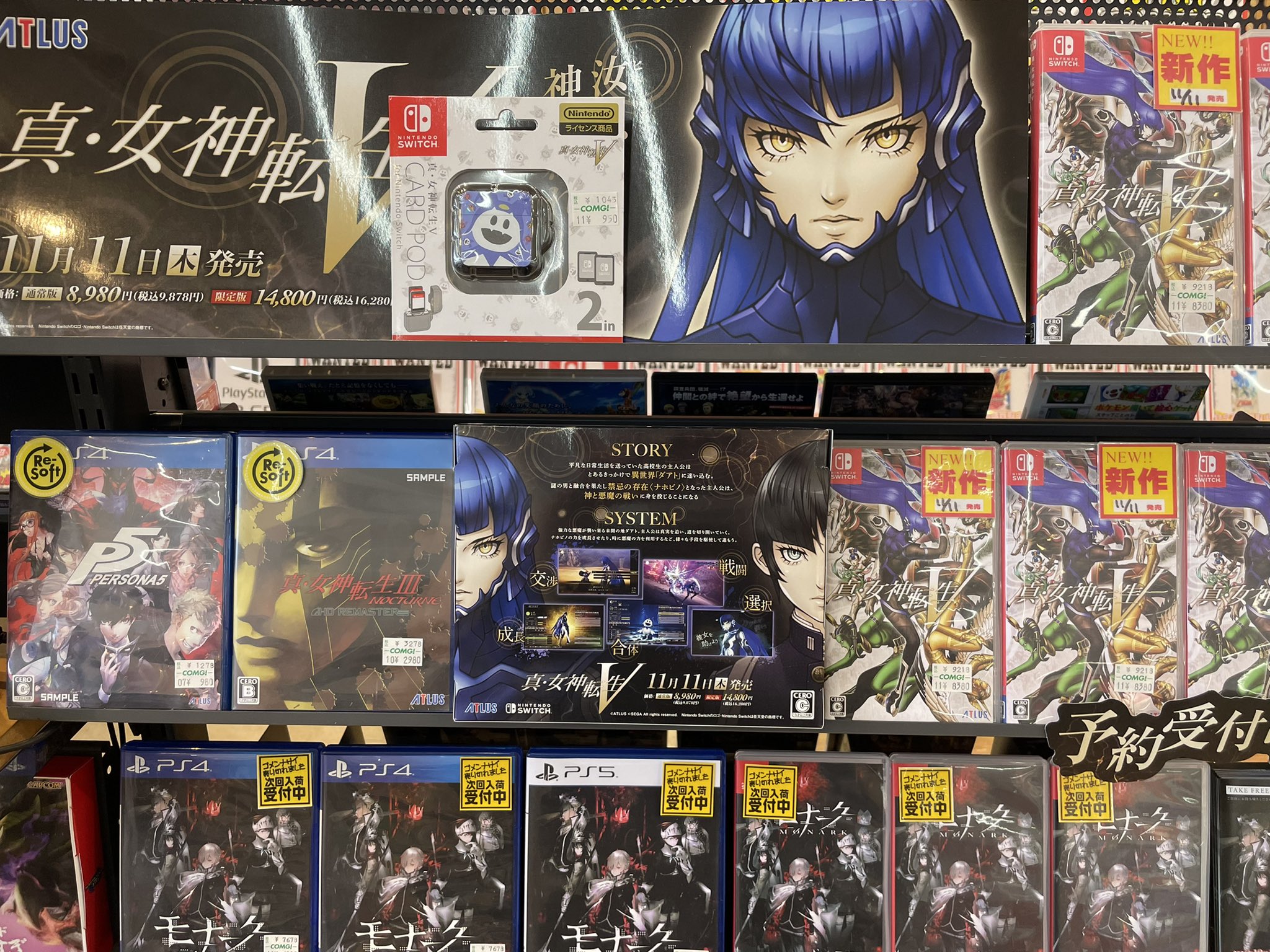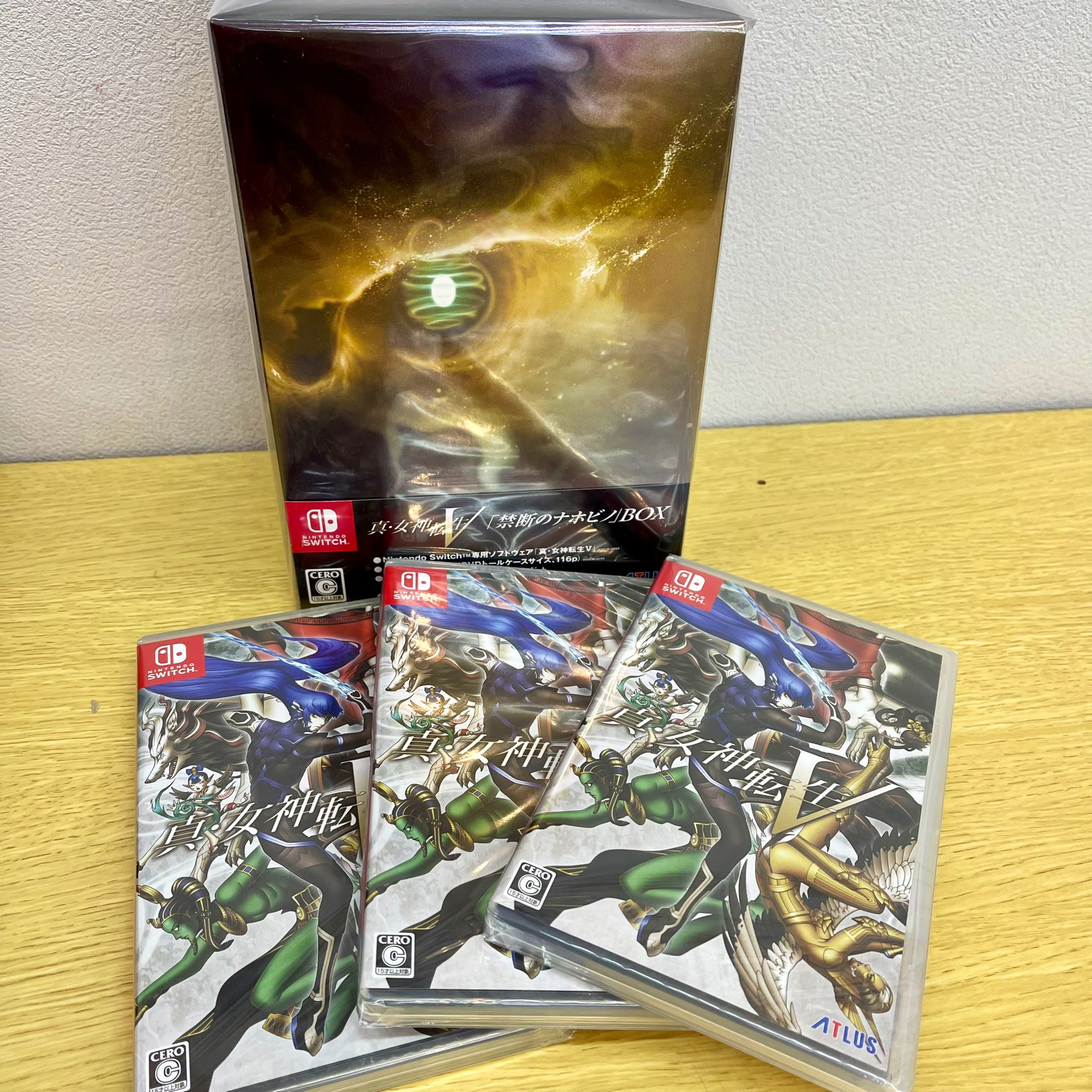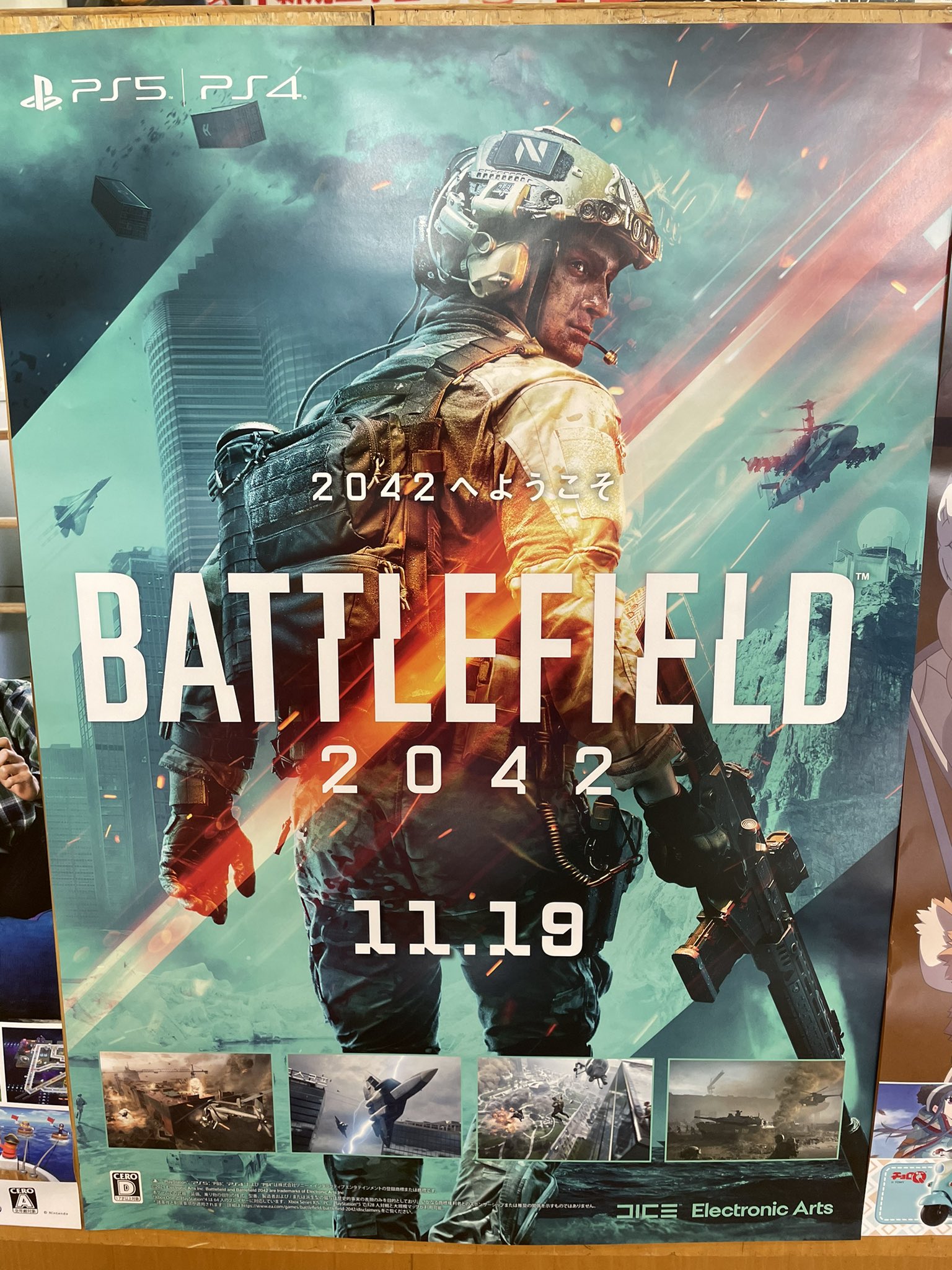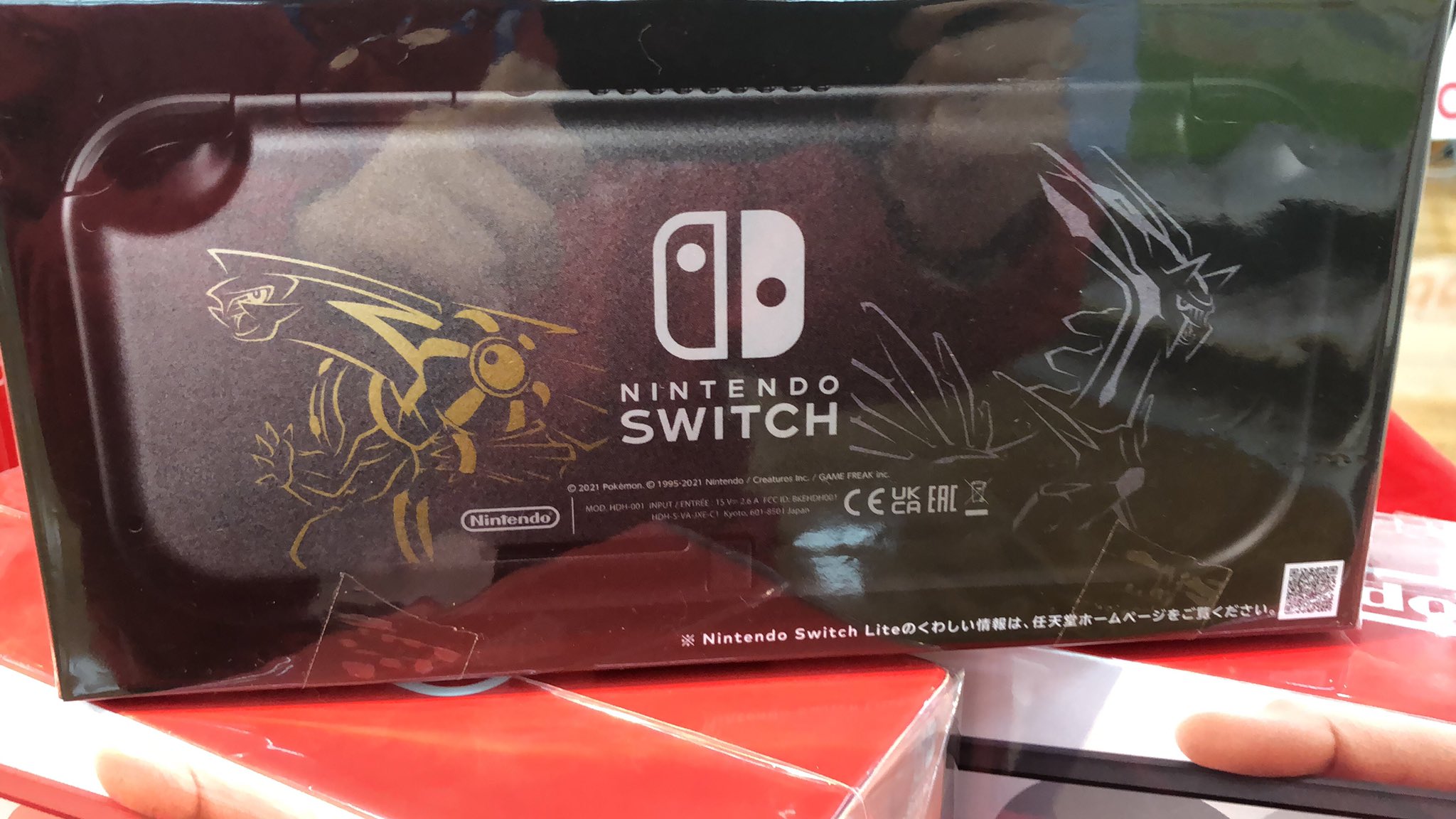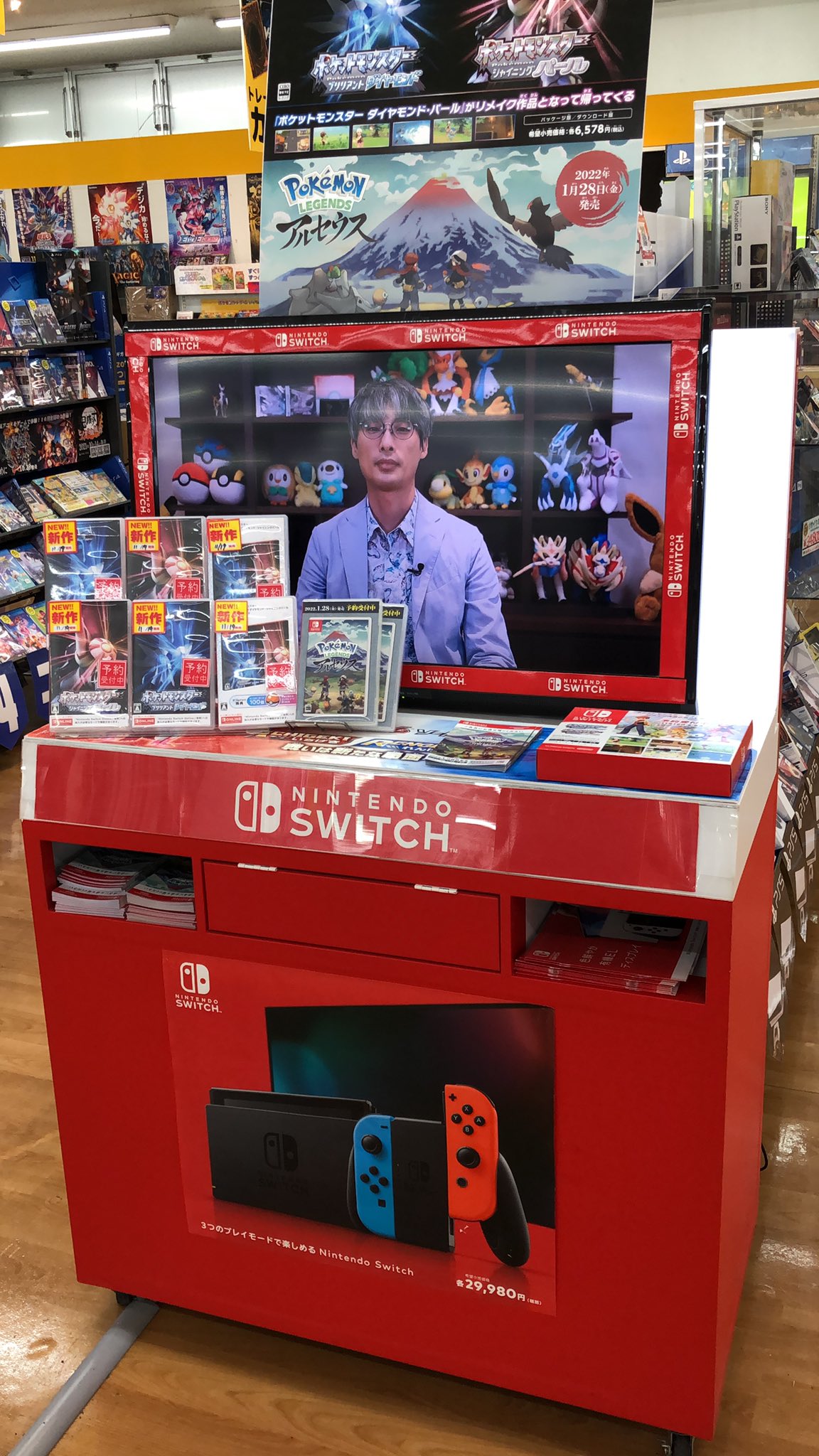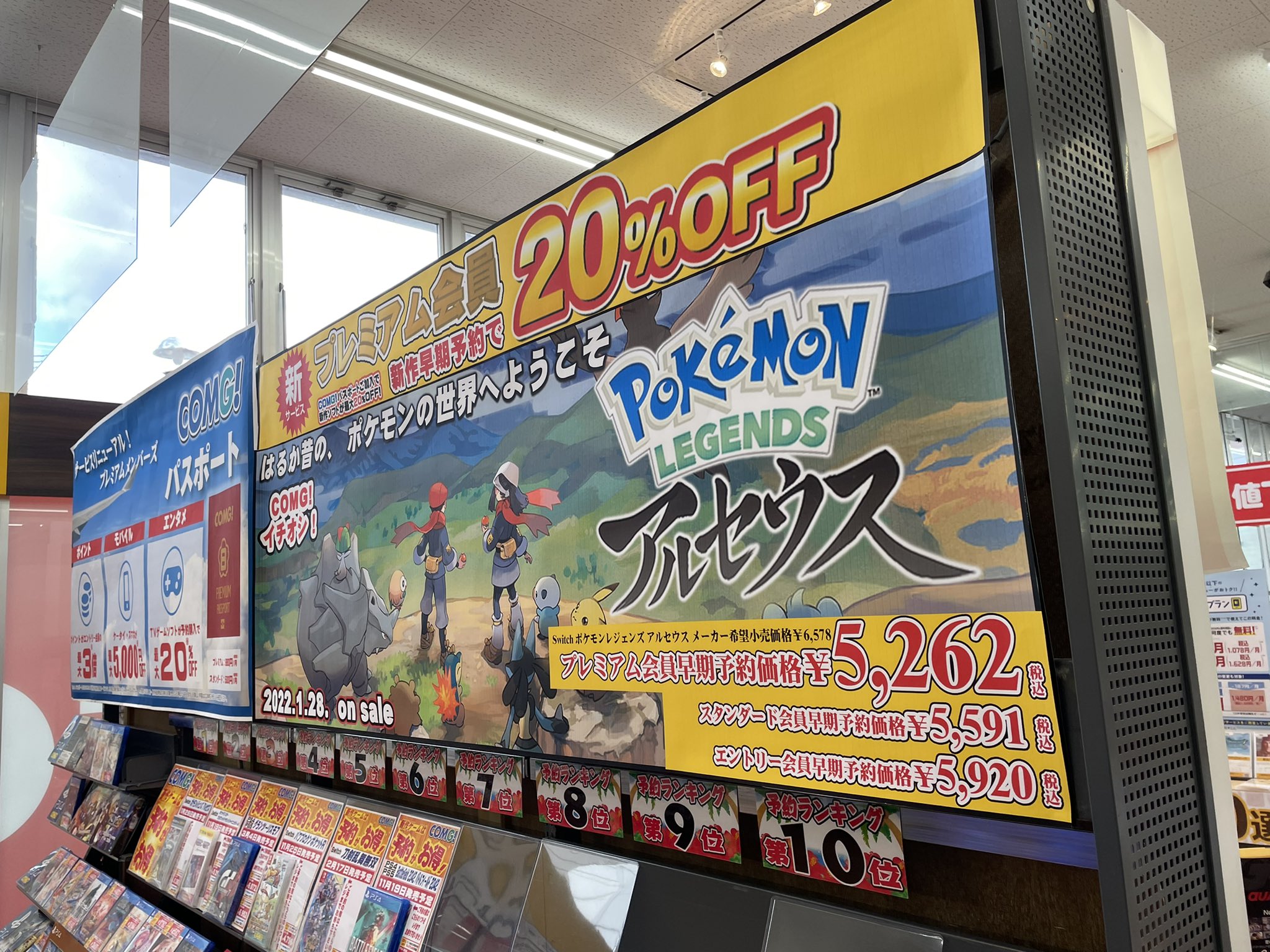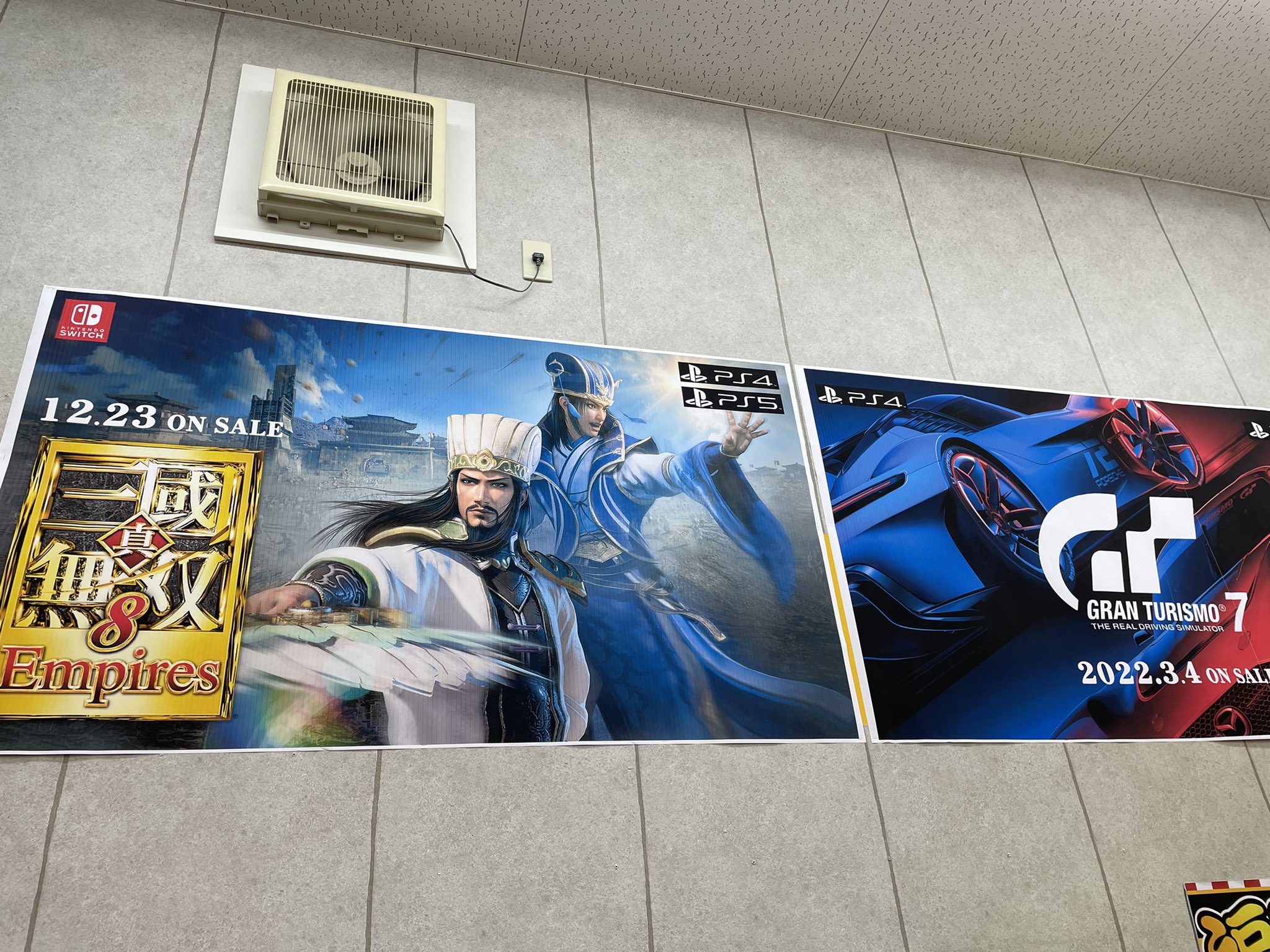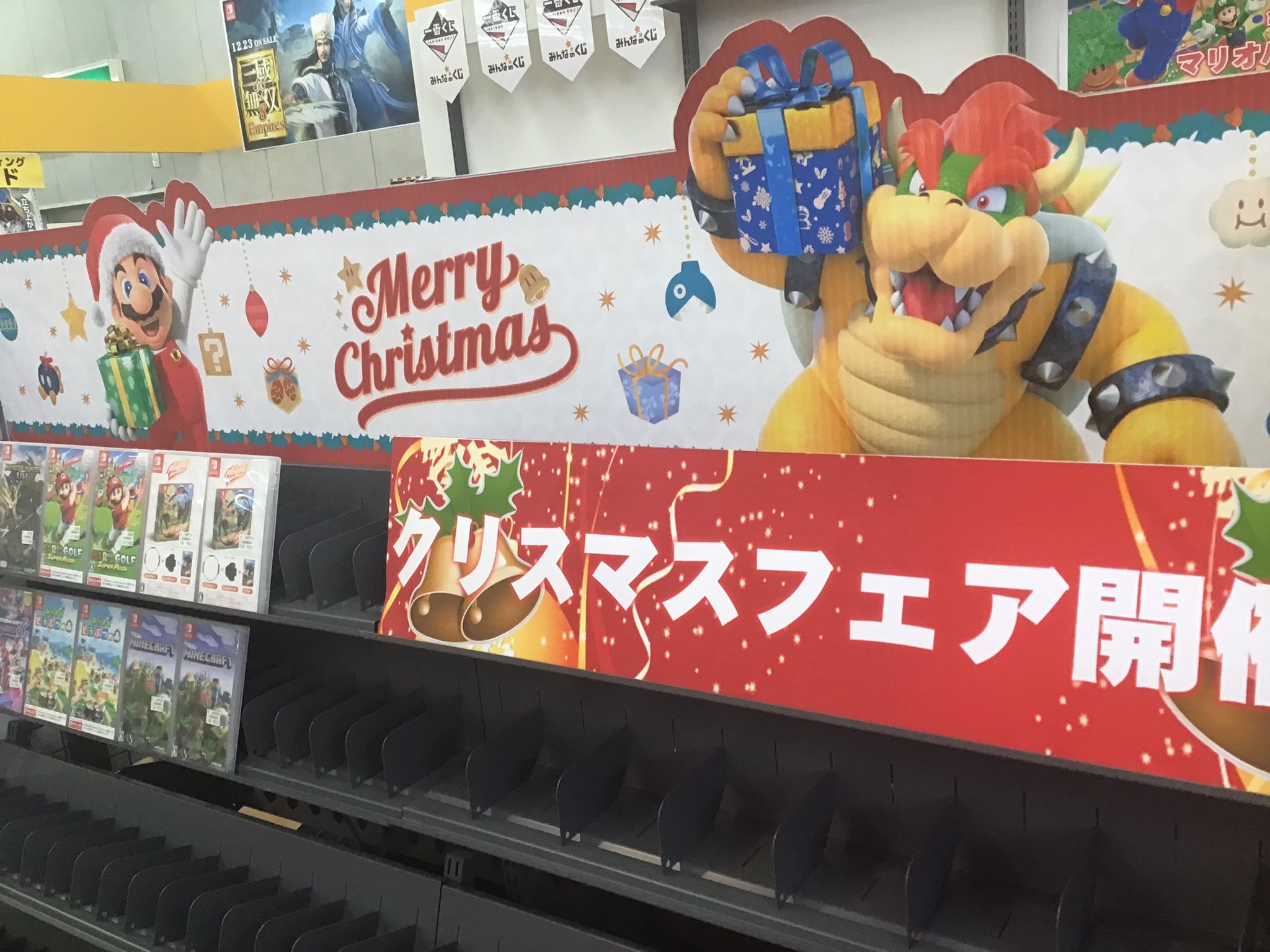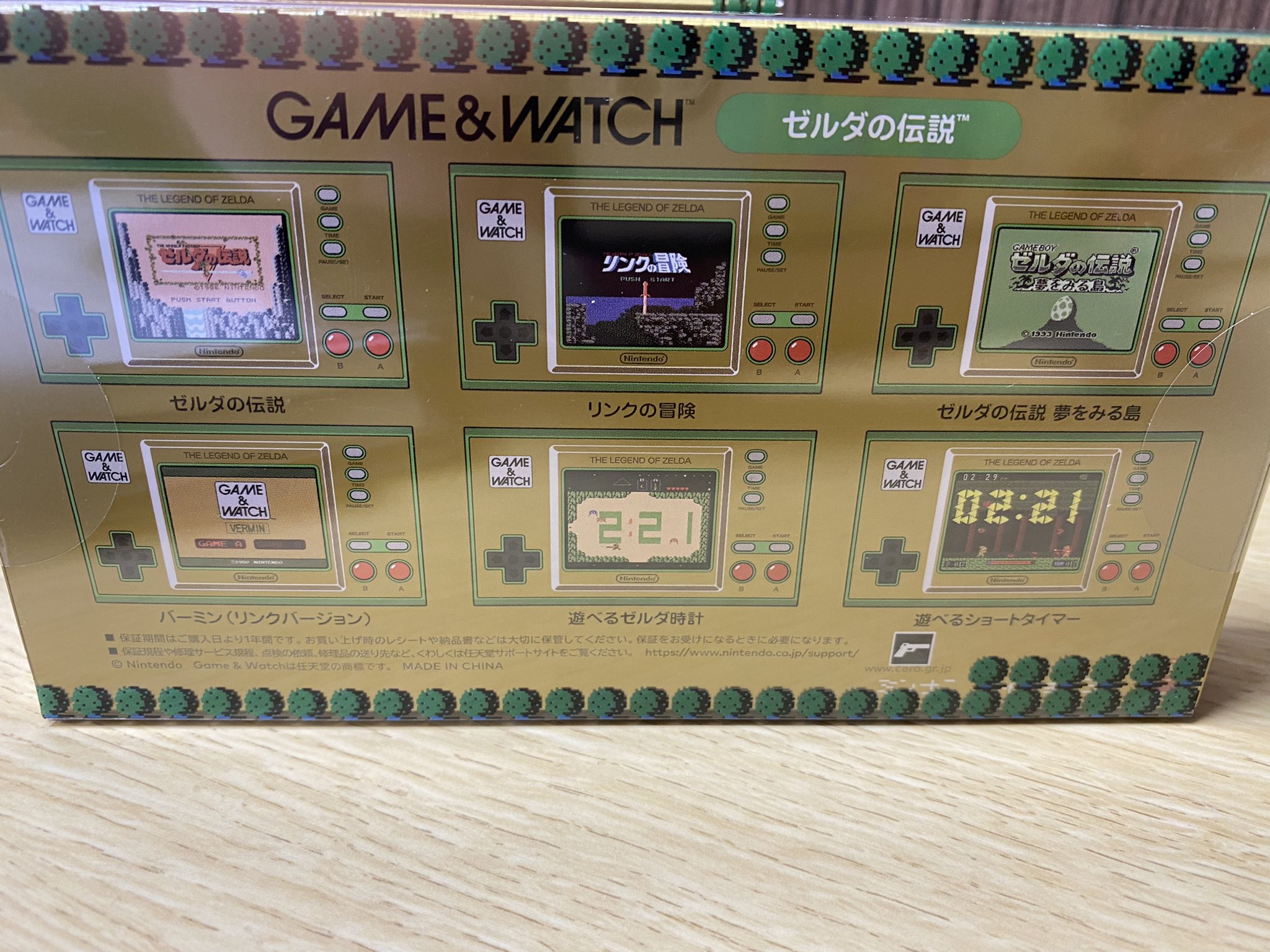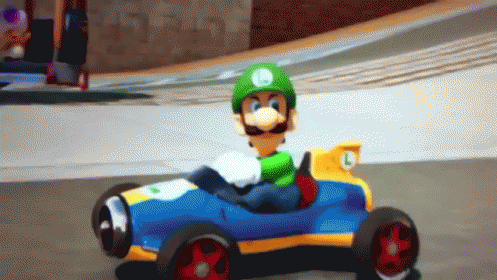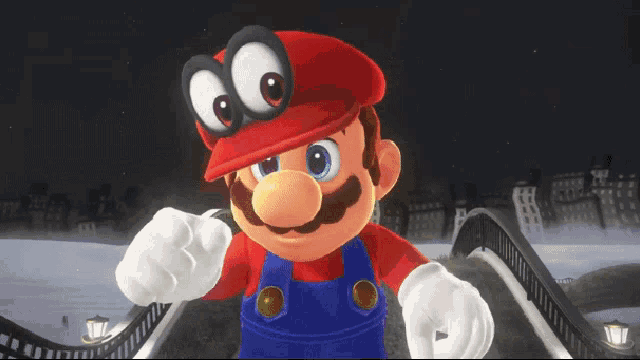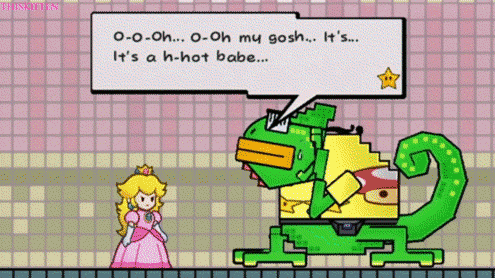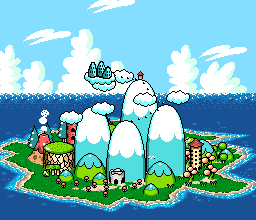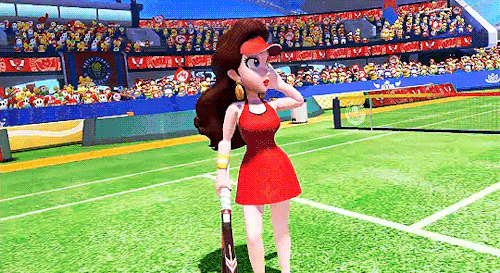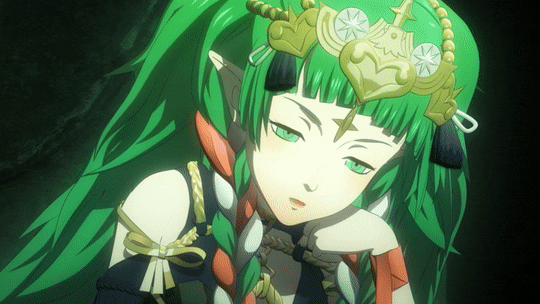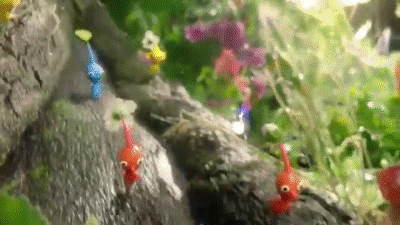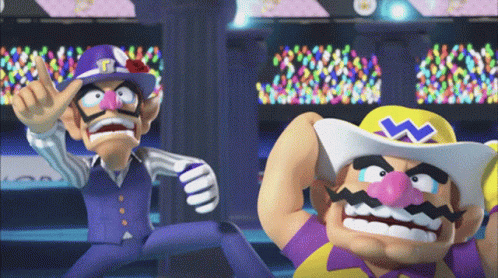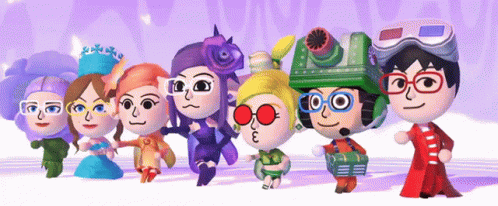SWITCH VS NINTENDO HISTORY
[UPDATE]
Captain Toad
[NSW] MK8D: 38,74m
[WII] MK: 37,38m
[NDS] MK DS: 23,6m
[3DS] MK 7: 18,95m
[N64] MK64: 9,87m
[SNES] SMK: 8,76m
[WIIU] MK8: 8,45m
[NGC] MK: Double Dash: 6,88m
[GBA] MK: Super Circuit: 5,91m
[NSW] Mario Kart Live: Home Circuit – 1,08m
[NSW] ACNH: 34,85m
[3DS] AC New Leaf: 12,97m
[NDS] AC Wild World: 11,75m
[WII] AC: Let's Go to the City: 4,32m
[NGC] AC: 2,27m
[GB] Pokemon Red/Blue/Green: 31,05m
[GB] Pokemon Gold Silver: 23,73m
[NSW] Pokemon Sword/Shield: 22,64m
[NDS] Pokemon Diamond/Pearl: 17,67m
[3DS] Pokemon X/Y: 16,58m
[3DS] Pokemon Sun/Moon: 16,27m
[GBA] Pokemon Ruby/Sapphire: 16,22m
[NDS] Pokemon Black/White: 15,64m
[GB] Pokemon Yellow: 14,64m
[3DS] Pokemon Omega Ruby/Alpha Sapphire: 14,39m
[NSW] Pokemon: Let's Go, Pikachu!/Eevee!: 13,83m
[NDS] Pokemon Heart Gold/Soul Silver: 12,72m
[GBA] Pokemon Red Fire/Green Leaf: 12m
[3DS] Pokemon Ultra Sun/ Ultra Moon: 8,98m
[NDS] Pokemon Black2/White2: 8,52m
[GBA] Pokemon Emerald: 7,06m
[GB] Pokemon Crystal: 6,39m
[NSW] SSBUltimate: 25,71m
[WII] SSBB: 13,32m
[3DS] SSBU For N3DS: 9,63m
[NGC] SBM: 7,41m
[N64] SSB: 5,55m
[WIIU] SSB For WIIU: 5,38m
[NSW] Zelda: BOTW: 24,13m
[N64] Zelda: OOT: 7,6m
[WII] Zelda: Twilight Princess: 7,26m
[NES] The Legend of Zelda: 6,51m
[3DS] Zelda: OOT 3D: 6,22m
[WII] Link's Crossbow Training - 5,79m
[NSW] Zelda: Link's Awakening: 5,49m
[NDS] Zelda: Phantom Hourglass: 4,76m
[SNES] Zelda: A Link to the Past: 4,61m
[NGC] Zelda: Windwaker: 4,43m
[NES] Zelda: Adventure of Link: 4,38m
[3DS] Zelda: A Link Between Worlds: 4,16m
[GB] Zelda: Oracle of Ages / Seasons: 3,99m
[GB] Zelda: Link's Awakening: 3,83m
[WII] Zelda: Skyward Sword: 3,67m
[NSW] Zelda: Skyward Sword: 3,6m
[N64] Zelda: Majora's Mask: 3,36 m
[3DS] Zelda: Majora's Mask 3D: 3,28m
[NDS] Zelda: Spirit Tracks: 2,96m
[GBA] Zelda: A Link to the Past: 2,82m
[WIIU] Zelda: WindWaker HD: 2,33m
[GB] Zelda: Link's Awakening DX: 2,22m
[GBA] Zelda: The Minish Cap: 1,76 m
[WIIU] Zelda: BOTW: 1,69m
[NGC] Zelda: Twilight Princess: 1,43 m
[3DS] Zelda: Triforce Heroes: 1,34m
[WIIU] Zelda: Twilight Princess HD: 1,13m
MARIO 3D
[NSW] Super Mario Odyssey: 21,95m
[3DS] Super Mario 3D land: 12,81m
[WII] Super Mario Galaxy: 12,8m
[N64] Super Mario Galaxy: 11,91m
[NDS] Super Mario 64 DS: 11,01m
[NSW] Super Mario 3D All-Stars: 9,01m
[NSW] Super Mario 3D-World + Bowser's Fury: 7,45m
[WII] Super Mario Galaxy: 7,41m
[NGC] Super Mario Sunshine: 5,91m
[WIIU] Super Mario 3D-World: 5,87m
[NSW] Super Mario Party: 16,48m
[WII] Mario Party 8: 8,85m
[WII] Mario Party 9: 3,11m
[N64] Mario Party: 2,7m
[N64] Mario Party 2: 2,48m
[NGC] Mario Party 4: 2,46m
[WIIU] Mario Party 10: 2,25m
[NGC] Mario Party 5: 2,17m
[NGC] Mario Party 7: 2,08m
[N64] Mario Party 3: 1,91m
[NGC] Mario Party 6: 1,63m
[NSW] Splatoon 2: 12,68m
[WIIU] Splatoon: 4,95m
[NSW] Luigi's Mansion 3: 9,59m
[3DS] Luigi's Mansion 2: 6,33m
[NGC] Luigi's Mansion: 3,33m
[WII] Wii Sports: 82,9m
[WII] Wii Sports Resort: 33,14m
[WII] Wii Fit: 22,67m
[WII] Wii Fit Plus: 21,13m
[NSW] Ring Fit Adventure: 12,21m
[SNES] Donkey Kong Country - 9,3m
[WII] Donkey Kong Country Returns - 6,53m
[N64] Donkey Kong 64 - 5,27m
[SNES] Donkey Kong Country 2 - 5,15m
[SNES] Donkey Kong Country 3 - 3,51m
[NSW] Donkey Kong Country: Tropical Freeze - 2,93m
[WIIU] Donkey Kong Country: Tropical Freeze - 2,01m
[NES] Donkey Kong Classics - 1,56m
[NES] Donkey Kong - 1,13m
[NES] Donkey Kong JR - 1,11m
[NSW] Super Mario Maker 2: 7,15m
[WIIU] Super Mario Maker: 4,02m
[3DS] Super Mario Maker: 3,68m
[GB] Kirby's Dreamland - 5,13m
[NSW] Kirby Star Allies - 3,15m
[NDS] Kirby Superstar Ultra - 2,99m
[3DS] Kirby Triple Deluxe - 2,61m
[GB] Kirby's Dreamland 2 - 2,36m
[NDS] Kirby Mouse Attack - 2,27m
[GB] Kirby's Pinball Land - 2,19m
[GBA] Kirby: Nightmare in Dreamland - 2,1m
[WII] Kirby's Epic Yarn - 1,85m
[WII] Kirby's Adventure - 1,79m
[N64] Kirby 64 - 1,77m
[NES] Kirby's Adventure - 1,75m
[3DS] Kirby: Planet Robobot - 1,59m
[GBA] Kirby and the Amazing Mirror - 1,47m
[SNES] Kirby Super Star - 1,44m
[GC] Kirby Air Ride - 1,35m
[GB] Kirby Tilt'N'Tumble - 1,23m
[NDS] Kirby Mass Attack - 1,22m
[WII] Super Paper Mario: 4,23m
[NSW] Paper Mario: The Origami King: 3,12m
[NGC] Paper Mario: The Thousand Year Door: 1,91m
[N64] Paper Mario: 1,37m
[SNES] Yoshi's Island - 4,12m
[NDS] Yoshi's Island DS - 3,36m
[GB] Yoshi - 3,12m
[N64] Yoshi's Story - 2,85m
[GBA] Yoshi's Island: Super Mario Advance 3 - 2,83m
[NSW] Yoshi's Crafted World - 2,09m
[3DS] Yoshi's New Island - 2,03m
[NES] Yoshi - 1,75m
[WIIU] Yoshi's Wooly World - 1,56m
[GB] Yoshi's Cookie - 1,53m
[NES] Yoshi's Cookie - 1,12m
[N64] Pokemon Snap: 3,63m
[NSW] New Pokemon Snap: 2,19m
[NSW] Clubhouse Games: 51 Worldwide Classics: 3,14m
[NDS] 42 All-Time Classics: 2,57m
[NSW] Mario Tennis Aces - 3,29m
[N64] Mario Tennis 64 - 2,32m
[3DS] Mario Tennis Open - 1,57m
[NGC] Mario Power Tennis - 1,16m
[NSW] Fire Emblem: Three Houses - 3,02m
[3DS] Fire Emblem Fates - 3m
[3DS] Fire Emblem Awakening - 2,31m
[NSW] Xenoblade Chronicles 2: 2,05m
[NSW] Xenoblade Chronicles: Definitive Edition: 1,52m
[NSW] Pikmin 3 DX: 2,04m
[NGC] Pikmin: 1,6m
[WIIU] Pikmin 3: 1,27m
[NGC] Pikmin 2: 1,12m
[NSW] Mario Golf: Super Rush: 1,94m
[N64] Mario Golf 64: 1,47m
[GC] Mario Golf Toadstool Tour: 1,27m
[NES] NES Open Tournament Golf: 1m
[NSW] Captain Toad Treasure Tracker: 1,58m
[WIIU] Captain Toad Treasure Tracker: 1,36m
[NSW] Nintendo Labo Toy-Con 01: Variety Kit: 1,37m
[NSW] Mario Kart Live: Home Circuit – 1,27m
[NSW] Miitopia: 1,37m
[3DS] Miitopia: 1,18m
DS: 154,02m
GB + GBC: 118,69m
Wii: 101,63m
NSW: 92,87m
GBA: 81,51m
3DS: 75,94m
SWITCH VS NINTENDO HISTORY, 1st places
SWITCH: 17
Nintendo History: 7



